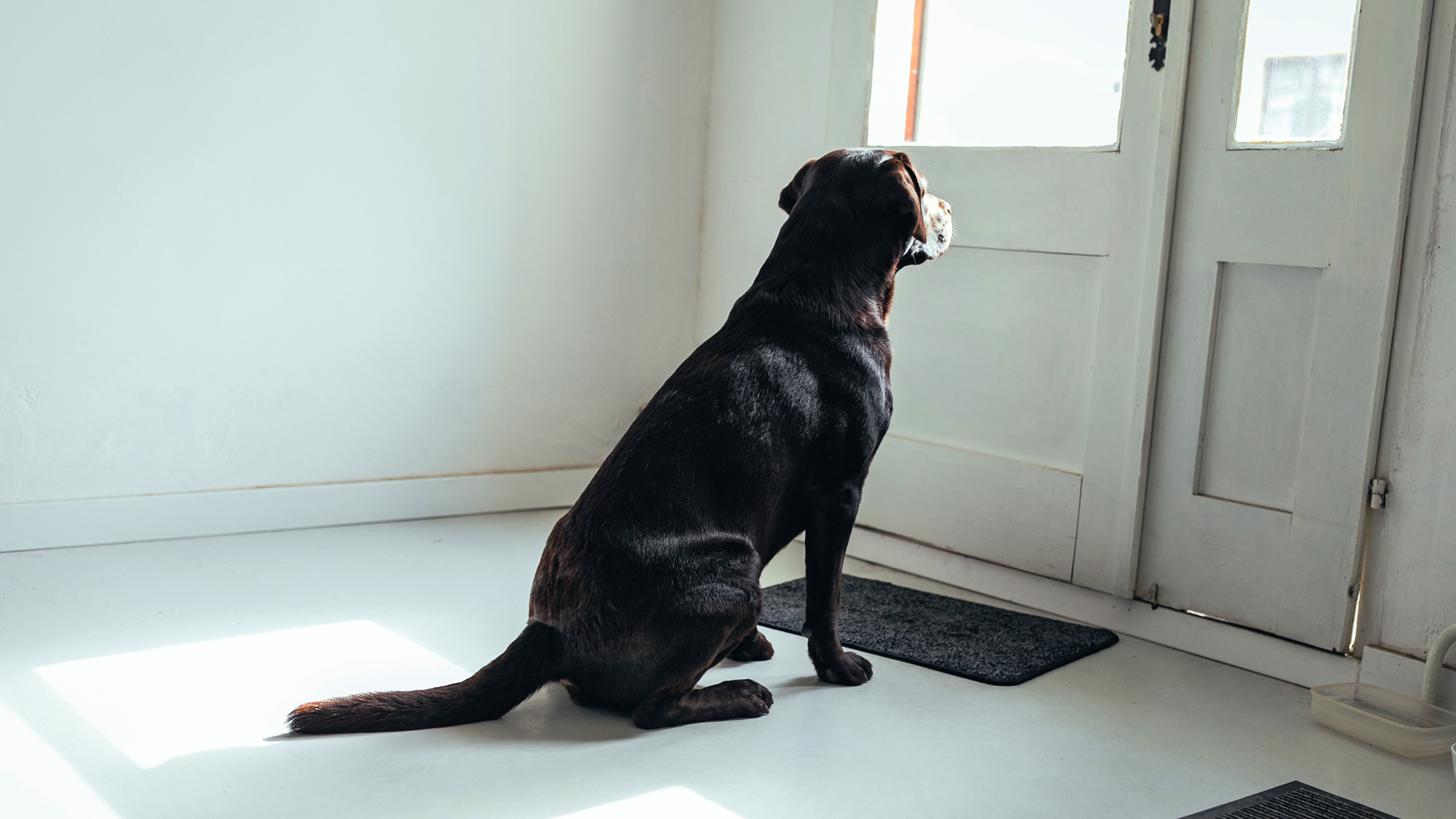
A dog barking when the doorbell rings can become quite an annoyance and it can scare off guests when they approach your door. While the majority of dogs don't mean any harm by their barking at the door, it's still a good idea for your dog's anxiety and your eardrums to train your dog not to continue this noisy behavior.
Unfortunately not even the very best puppy toys will distract a lively pup from jumping up and barking at the doorbell. This is where the trainers at Best Buddy Dog Training can bring calm to the storm and show you how to teach your dog to remain calm and quiet every time someone turns up at your door.
April Schrader from Buddy Dog Training is a certified dog trainer for the CPDT-KA Council of Certified Professional Dog Trainers and has helpfully shed light on how to teach your canine that the doorbell means it's time for them to go to their 'place', lay down and stay calm.
@bestbuddydogtrainer ♬ Snap (Remix) - Rivaldo Wohon
Warning, this training trick will involve ringing your own doorbell a few times but there is method behind the madness. It's all about getting your dog to understand that the sound of the doorbell is actually a command for them to respond to.
First off, if you haven't already done so with your pup, you're going to teach them a place cue. Ideally, this will be a place that they like to chill in like their dog bed. According to Schrader, "Place is a way to ask your dog to go and lay down and settle."
After you've tackled the first step and your dog understands what to do when you say 'place' you will now begin to transfer the cue. How does one do this? "You're going to ring the doorbell which is the new cue and then ask your dog to go to place, explains Schrader, "When your dog lays down mark and treat."
Eventually, you will fade out this place cue and the doorbell itself will tell your dog to go to where their 'place' is and lay down. They will remain calm and you can greet your guests without worrying about a hyper canine pouncing on them.
It can all sound very straightforward when you watch a short training video online where clips have been edited to show the perfect behavior at the end of the video. With this in mind, never feel disappointed in yourself or your dog if you don't see positive results from your training instantly. Sometimes it takes extra 1:1 help in person with a professional behaviorist.
Or there may be an underlying issue, for example, anxiety in dogs is a common issue faced by many owners and can be dealt with when equipped with the right knowledge.







